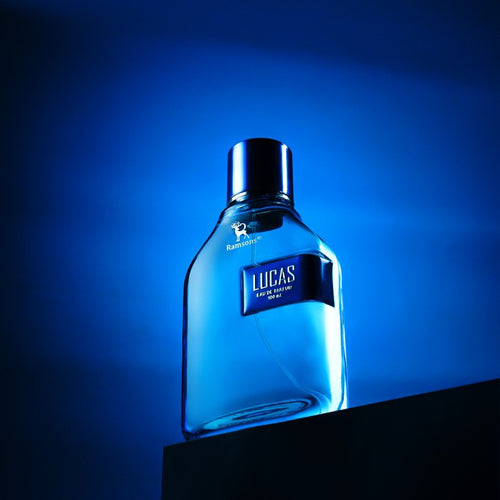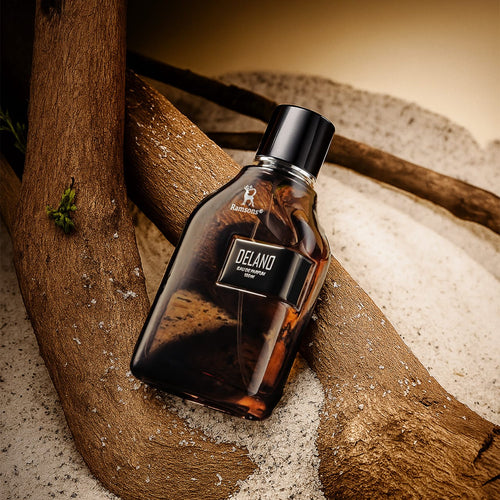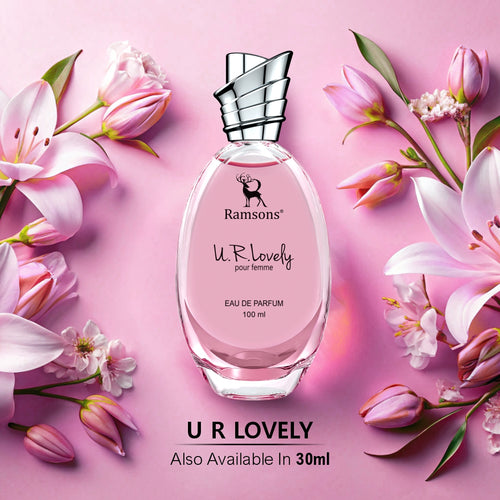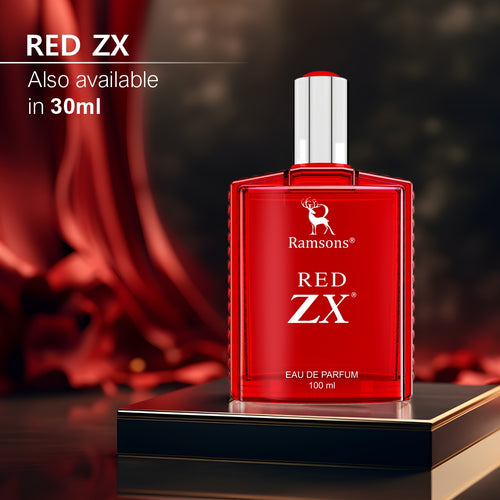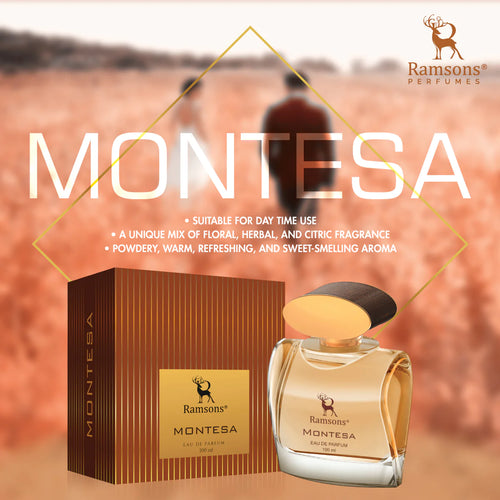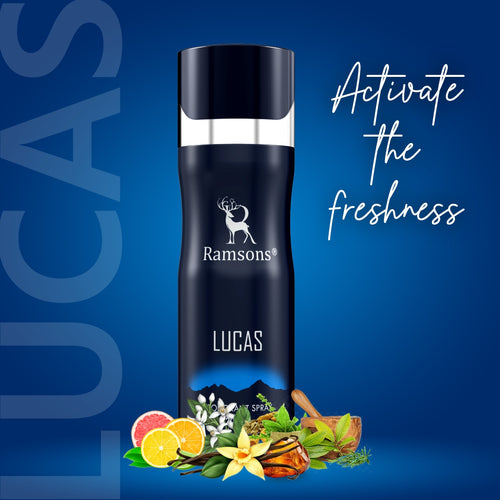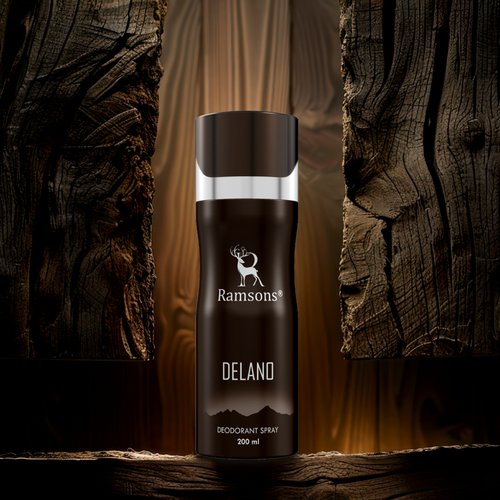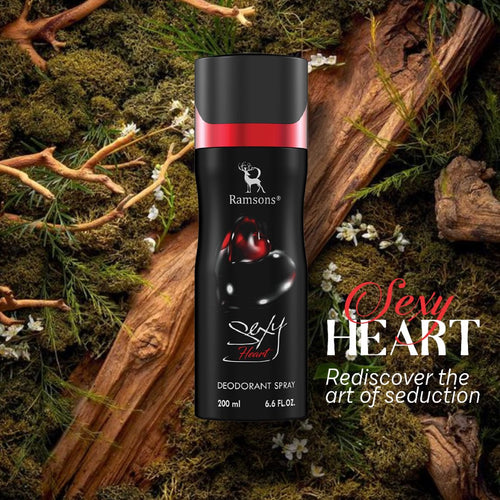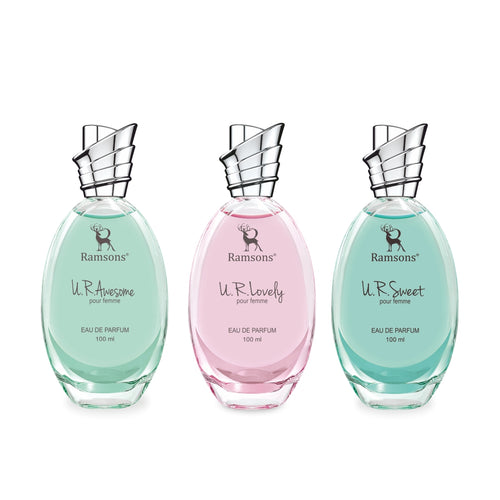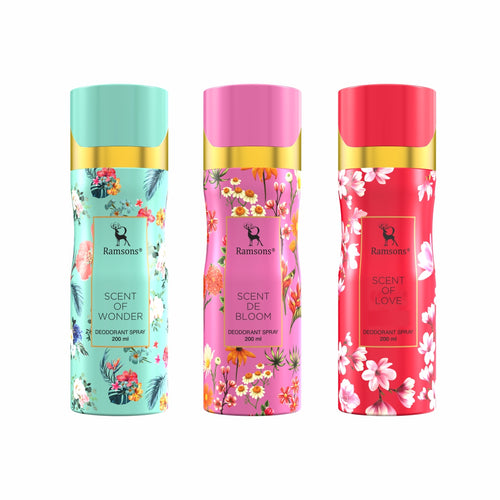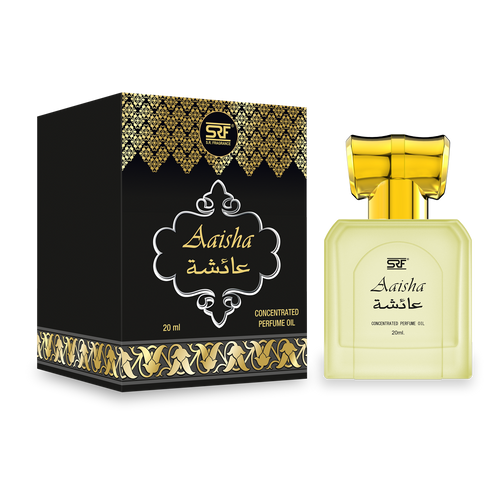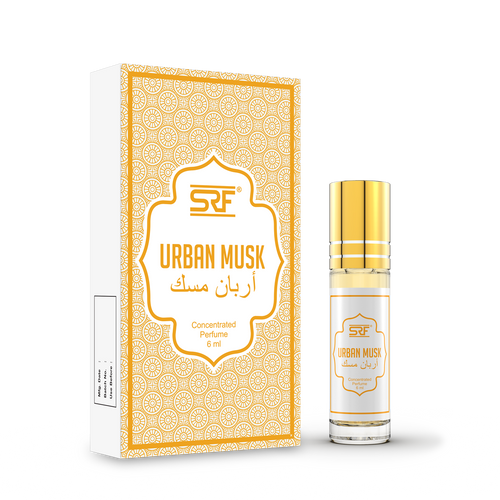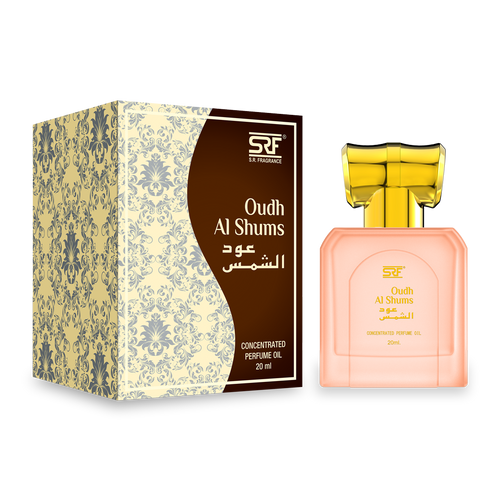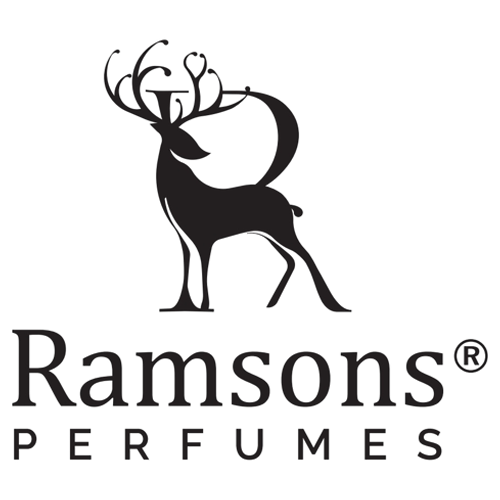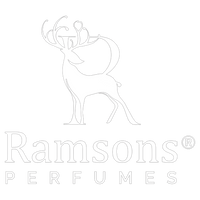Cool Spark - Eau De Parfum
The world of fragrances is a fascinating one, filled with nuances and intricacies that appeal to our deepest senses. While both men and women enjoy the allure of a well-crafted scent, the distinctions between men's and women's fragrances are profound and rooted in both cultural norms and biological factors. Understanding these differences can enhance our appreciation of the artistry behind each bottle and guide us in selecting the perfect scent.
-
Historical Context and Cultural Influences
Fragrances have been an integral part of human culture for thousands of years. The ancient Egyptians, Greeks, and Romans all used scents for various purposes, including religious rituals, medicinal practices, and personal adornment. However, the division of fragrances into "men's" and "women's" categories is a relatively modern phenomenon.
Historically, scents were unisex, with little distinction between what was suitable for men or women. The shift towards gender-specific fragrances began in the 19th century with the rise of modern perfumery. This period saw the creation of more complex and varied scents, influenced by the social and cultural norms of the time. Men were associated with rugged, earthy, and musky scents, while women were linked to floral, sweet, and delicate aromas. These associations have persisted and evolved, shaping the fragrance industry as we know it today.
-
Biological and Psychological Factors
From a biological standpoint, men and women have different skin chemistries, which can affect how a fragrance develops and lasts on the skin. Men typically have oilier skin, which can make certain scents, especially those with heavier base notes like woods and spices, more pronounced and longer-lasting. Women, on the other hand, generally have slightly drier skin, which can cause lighter, more volatile top notes such as citrus and florals to stand out more initially but fade quicker.
Psychologically, scent plays a significant role in gender identity and personal expression. Studies have shown that people often choose fragrances that align with their self-perception and how they wish to be perceived by others. For men, this might mean opting for scents that convey strength, sophistication, or adventure. For women, it might involve selecting fragrances that evoke elegance, sensuality, or warmth.
-
Olfactory Families and Gender Preferences
Fragrances are categorized into various olfactory families, each with its own distinct characteristics. While there is no hard and fast rule dictating which scents are for men or women, certain trends and preferences have emerged.
-
Citrus and Fresh Scents
Citrus and fresh scents, featuring notes like lemon, bergamot, and green leaves, are often associated with energy and vitality. These scents are versatile and commonly found in both men's and women's fragrances. However, men's versions tend to combine citrus with more robust notes like woods or spices to create a balanced, masculine profile.
-
Floral Scents
Floral fragrances, with notes of rose, jasmine, and lily, are predominantly found in women's perfumes. These scents are celebrated for their romantic and delicate qualities. While less common in men's fragrances, when used, they are often blended with darker notes like amber or leather to add depth and complexity.
-
Oriental and Spicy Scents
Oriental and spicy scents are rich and exotic, featuring notes of vanilla, cinnamon, and incense. These fragrances are popular in both men's and women's lines, but men's versions usually emphasize the spicier, more intense aspects, while women's versions might highlight the sweetness and warmth.
-
Woody and Earthy Scents
Woody and earthy fragrances, with notes like sandalwood, cedar, and vetiver, are staples in men's perfumery. These scents convey a sense of groundedness and masculinity. Women's fragrances may also incorporate these notes but often in combination with softer elements like florals or fruits to create a balanced, feminine aroma.
-
Marketing and Packaging
The marketing and packaging of fragrances play a crucial role in reinforcing gender distinctions. Men's fragrances are typically packaged in bold, dark-colored bottles with sleek, minimalist designs, reflecting attributes such as strength, simplicity, and sophistication. Women's fragrances, conversely, are often presented in elegant, ornate bottles with lighter colors and intricate designs, symbolizing beauty, grace, and complexity.
Advertising also reinforces these gender norms. Men's fragrance ads often feature themes of power, adventure, and rugged individualism, while women's ads focus on romance, allure, and elegance. These marketing strategies not only influence consumer perceptions but also guide purchasing decisions.
-
Unisex and Niche Fragrances
In recent years, there has been a growing trend towards unisex and niche fragrances. These scents challenge traditional gender norms by blending elements from both masculine and feminine olfactory families. Unisex fragrances are designed to be worn by anyone, regardless of gender, and often feature balanced combinations of fresh, floral, woody, and spicy notes.
Niche fragrances, crafted by artisanal perfumers, offer unique and unconventional scent profiles that defy mainstream trends. These fragrances appeal to those seeking a distinctive olfactory experience, free from the constraints of gendered marketing.
-
Choosing the Right Fragrance
Selecting the perfect fragrance is a deeply personal journey. It's essential to consider not only the scent itself but also how it interacts with your skin chemistry and personal style. Here are some tips to guide you:
Test Before You Buy:
Always test a fragrance on your skin before purchasing. Perfumes can smell different in the bottle than they do when they interact with your skin.
Consider the Occasion:
Choose fragrances that suit different occasions. Light, fresh scents are ideal for daytime and casual settings, while richer, more complex scents are perfect for evenings and special events.
Trust Your Instincts:
Ultimately, the best fragrance is one that makes you feel confident and comfortable. Don't be swayed by trends or gender norms; choose a scent that resonates with you.
Conclusion
Understanding the differences between men's and women's fragrances enhances our appreciation for the art of perfumery. From historical influences to biological factors and marketing strategies, numerous elements shape the scents we love. Whether you prefer a classic masculine woody scent or a delicate feminine floral, the world of fragrances offers something for everyone. Embrace the diversity and find the fragrance that truly expresses your unique identity.
